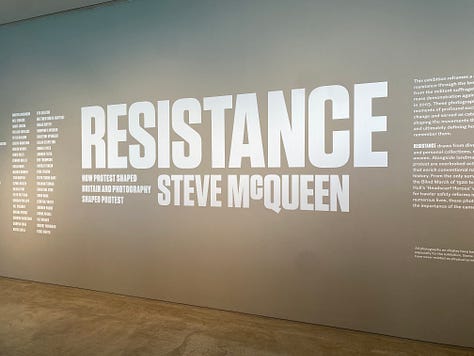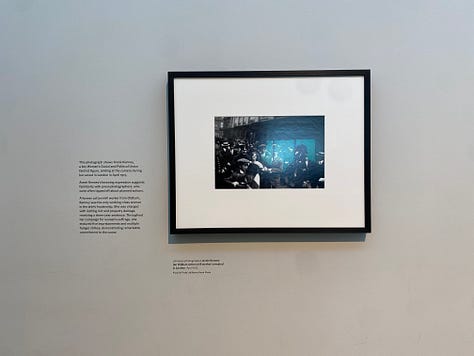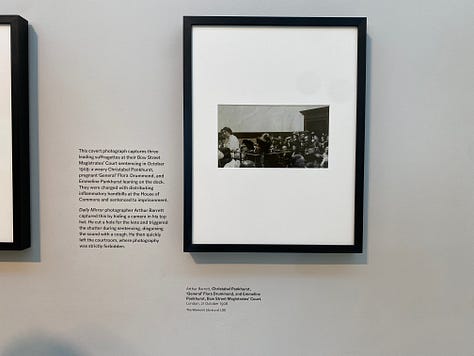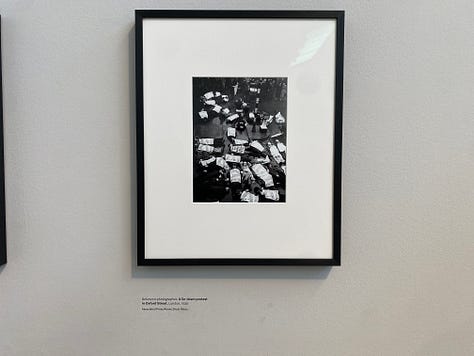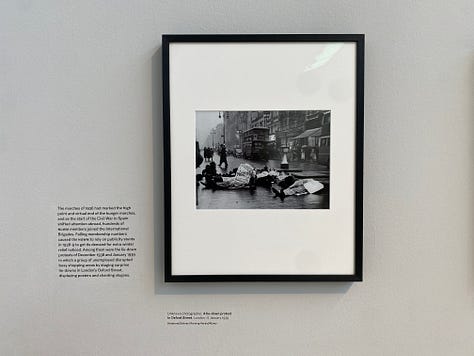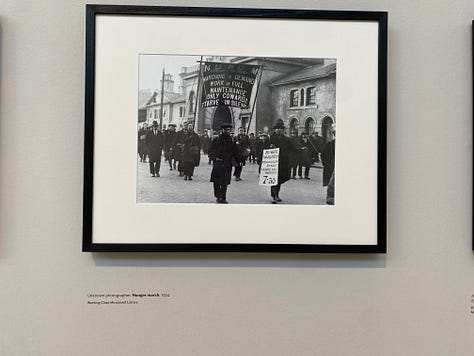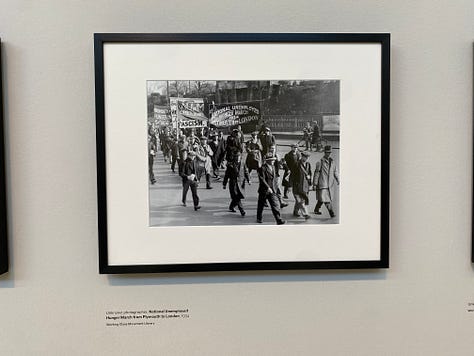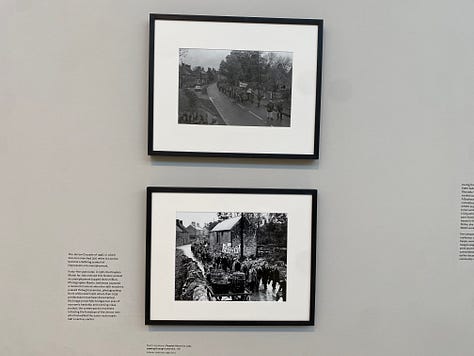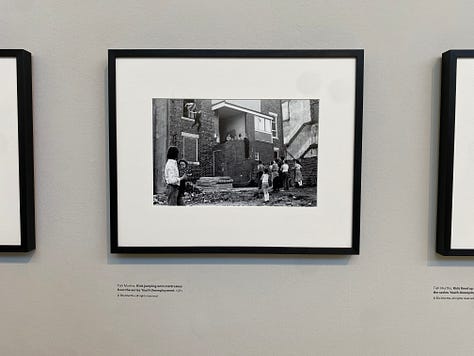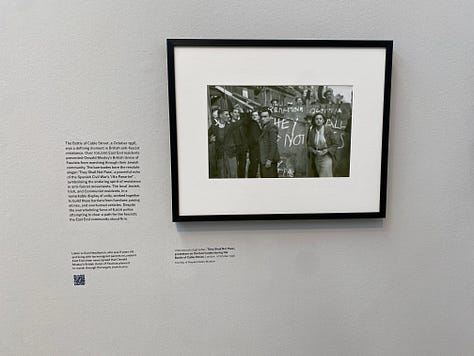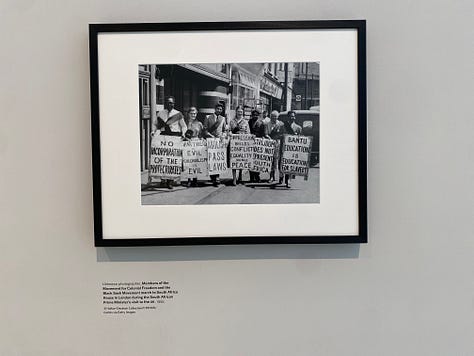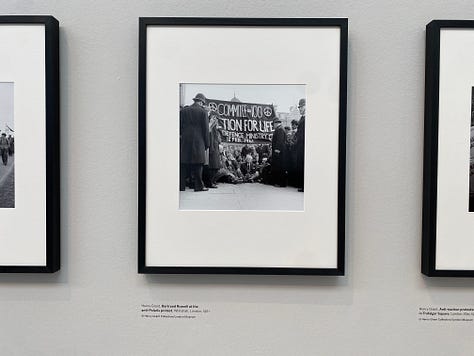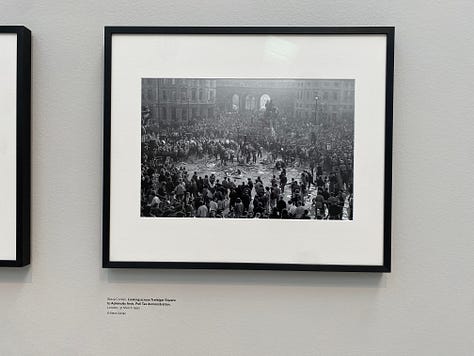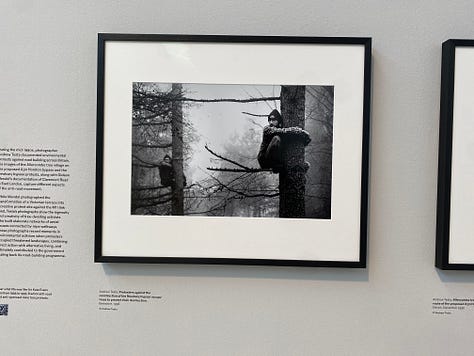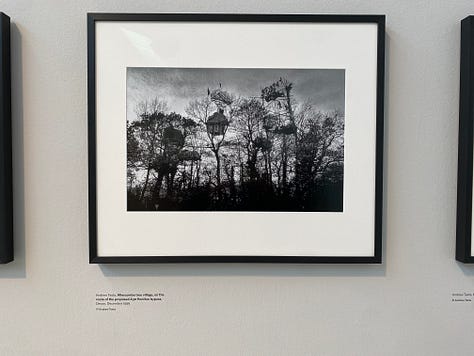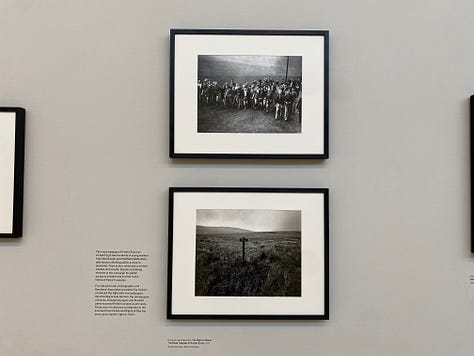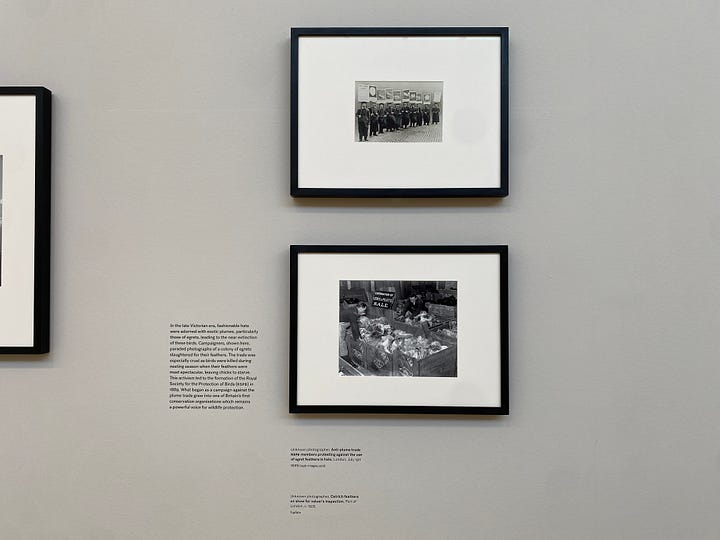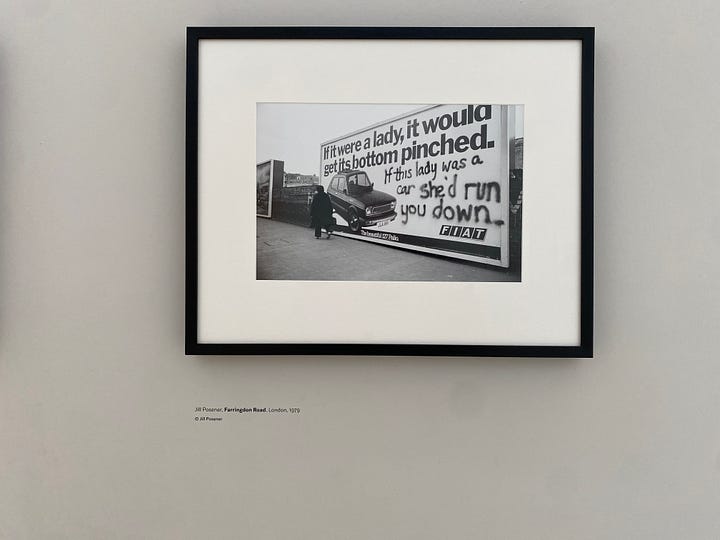Exhibitions: The Face Magazine; Culture Shift. Resistance; How Protest Shaped Britain and Photography Shaped Protest.
A View of Visual Stories on Gallery Walls
I attended two contemporary exhibitions each reflecting the effects of photography’s relationship with, and as a mirror to, culture and society. The first was at the Turner Contemporary in Margate hosting Steve McQueen’s curated exhibition Resistance, How Protest Shaped Britain and Photography Shaped Protest. The second was The Face Magazine, Culture Shift at The National Portrait Gallery, London. It was apt that The Face exhibition was in London, a magazine that itself was eventually at the epicentre of the media elite, while Resistance reflecting from all geographies and parts of society, the broader story of Britain’s right to protest and standing up for its rights was not in the capital.
The Face started life as an upstart independent magazine reflecting alternative youth culture with the same resistant spirit found in the Steve McQueen exhibition itself. Early editions ploughing a very different furrow to that found in the more conservative and mainstream music and culture publishing at the time, with some exceptions found in the music weeklies of the time. Jerry Dammers of The Specials graced the debut edition, with John Lydon and Siouxsie Sioux on subsequent editions. Certainly, at this time ‘zine culture and independent publishing was healthy and sustainable for any publication with the right mix of content and a sharp eye. This is where The Face thrived, its focus was on the visuals, the photoshoot was the most essential part of the feature alongside the words written. There were striking pictures of David Bowie and Grace Jones. This growing focus on images leading features became a trend that emerged as The Face’s legacy. This was always the original intention of The Face’s creator, Nick Logan. In the 1980s especially The Face covered music stars and clubland of various kinds alongside documentary footage of the nightlife from across society and the public at large, from Goth, to Ska, to Rude Boys to Bhangra and Acid House. Just as diverse where the many contributors to its publication, and to some degree to, the photographers and writers that ensured it was a trailblazer.
After ten years at the helm The Face’s original editor and founder, Nick Logan, stepped aside in 1990. With this The Face was never the same again. The exhibition demonstrates The Face’s shift during the 1990’s to the doubling down onto the cover star, now supermodels and fashionable Britpop indie band members signed to major labels, the essence of capturing the zeitgeist now began to be contained to the VIP contingent. This is when it seemed the long boozy lunches with big PR companies really began to influence the editorial direction. One could argue the advertising department and circulation audits benefited. After all the magazine publishing industry is an ad revenue business model. The Kate Moss cover in 1990 defined a new emerging era. The Face’s peak was a Robbie Williams cover in 1995 with 128,000 copies sold. However, by only mid 1999 losing circulation in an era of increased magazine competition, Logan sold The Face to Emap (now Bauer Media). By the spring of 2004 the magazine folded. The Face relaunched in 2019 under new owners Wasted Talent, with Harry Styles, Dua Lipa, Rosalia and Tyler, the Creator as cover stars.
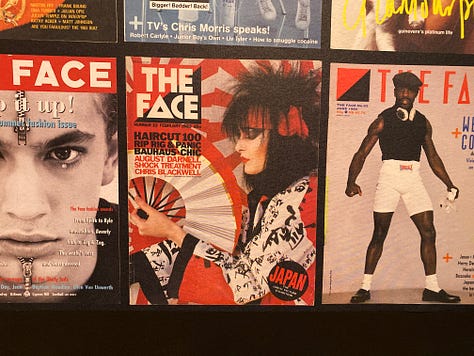
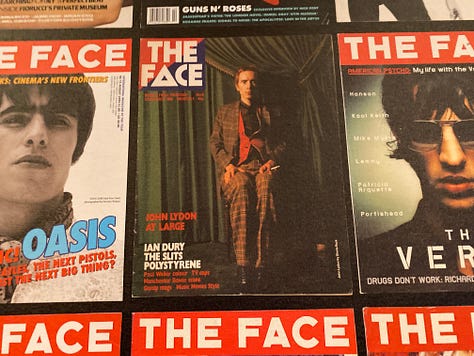
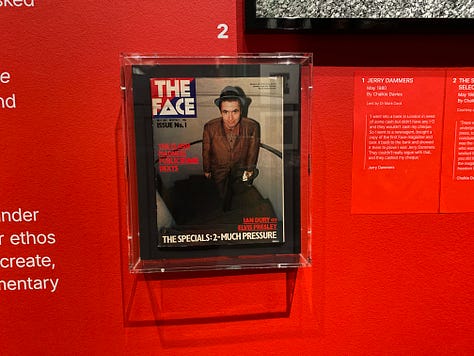
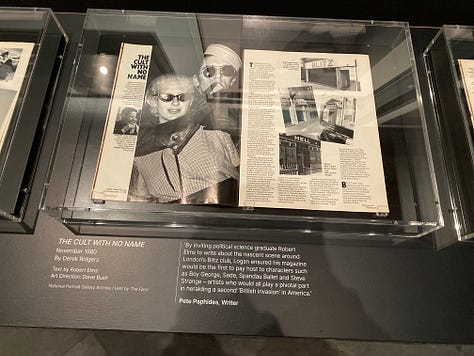
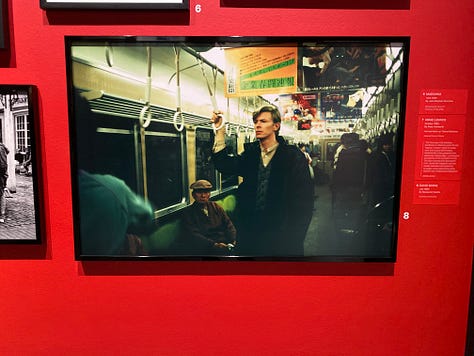
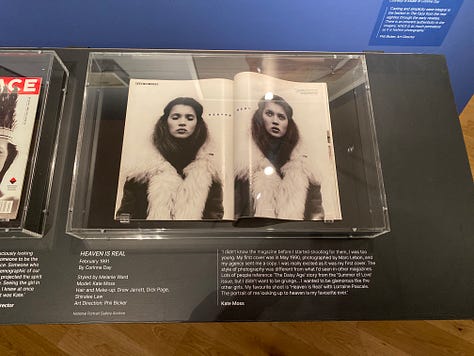
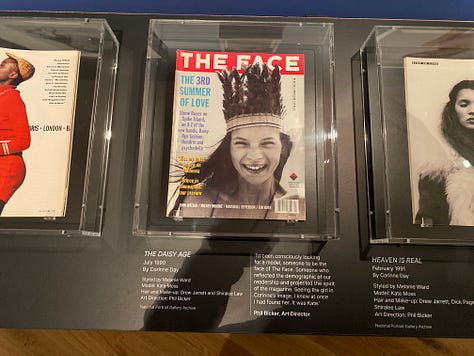

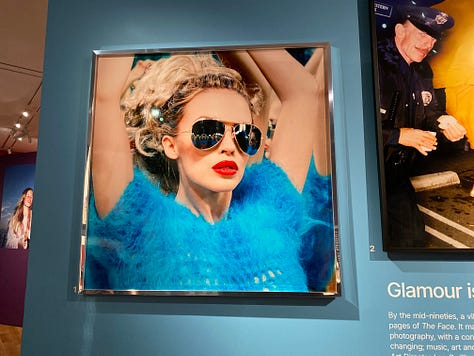
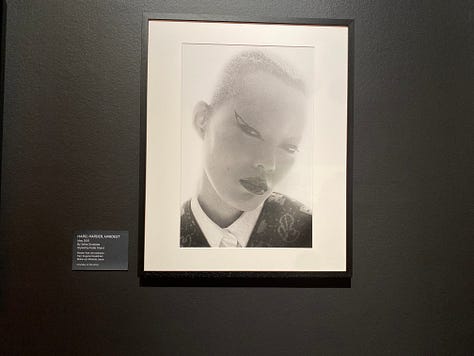
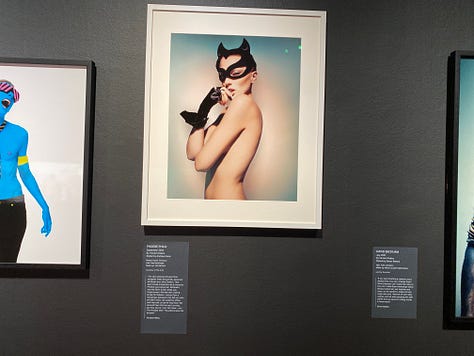
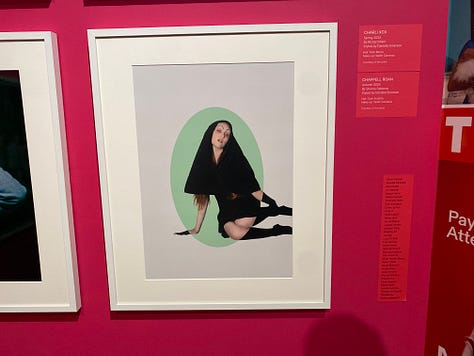
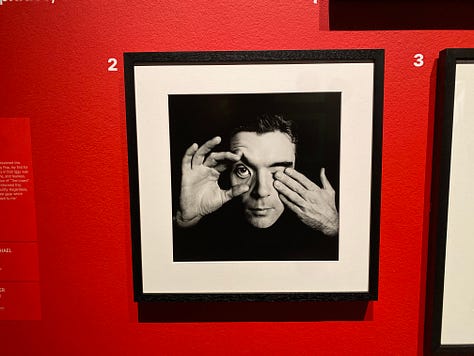
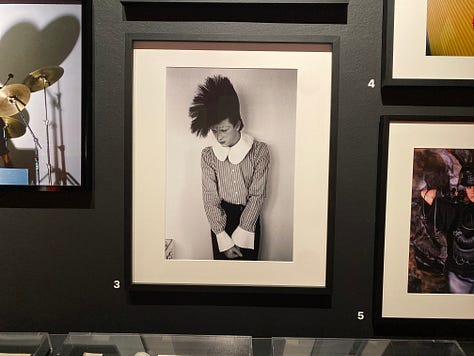
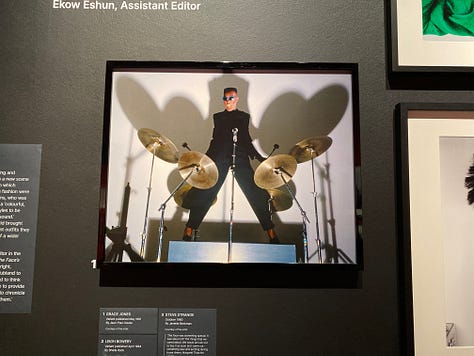
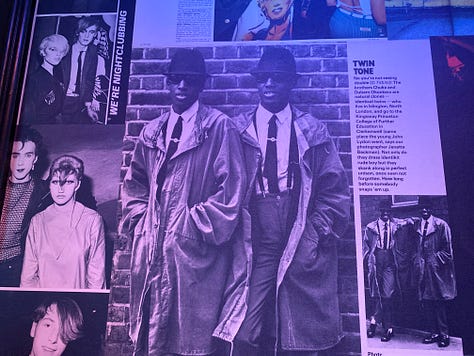
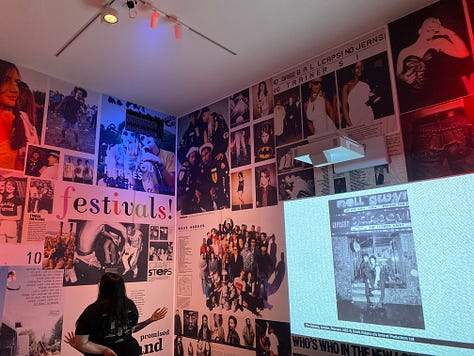
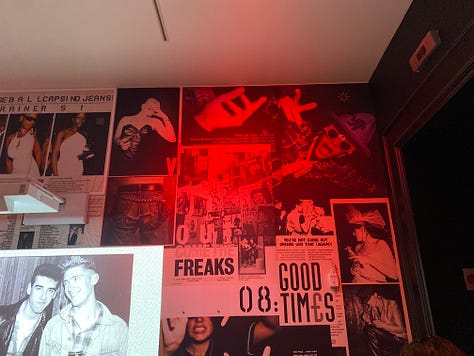
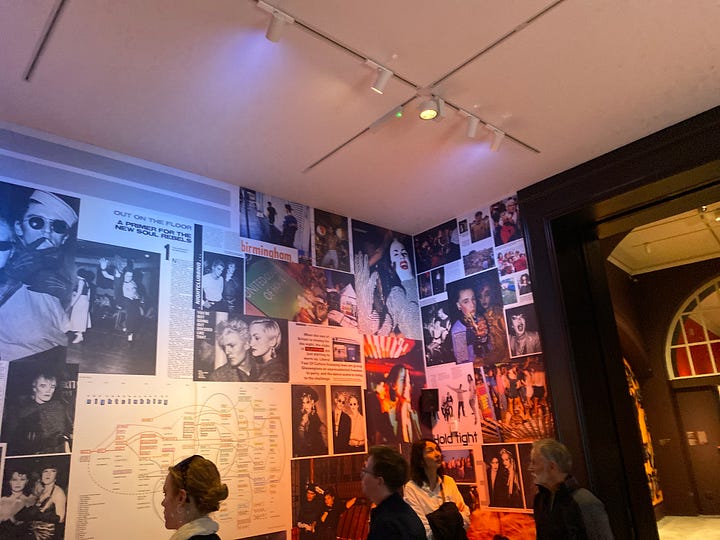
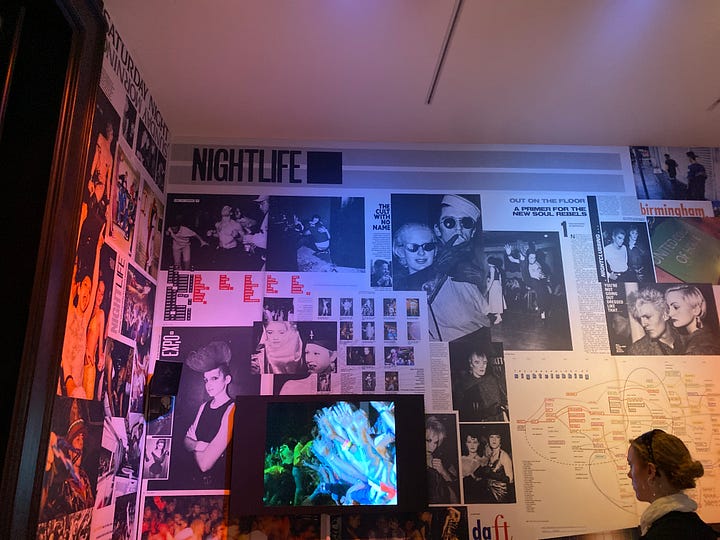
Most essential of these two exhibitions is Steve McQueen’s curated exhibition Resistance at the Turner Contemporary in Margate. Despite the large colourful styled photographs at The Face, for me Resistance was the more vital exhibition. This superb collection of photographs shows graphic detail of Britain’s fight for rights, protest, and causes up close and in the public domain upon our streets. Resistance and protest that would lead to positive change in the U.K and change in the law to make people’s lives and society better for all. Causes included the suffragette’s movement for the rights of women to vote, workers’ rights protest, the Jarrow marches, alongside environmental and nuclear disarmament protests, the poll tax protest, and British anti-fascist protests by a cross section of the community in the 1930s and 1970s. Most notable of this was the so-called Battle of Cable Street in east London in 1936. The entire community came out to stop upper class aristocrat fascist Oswald “Silver Spoon” Mosley from marching his mob of thugs through east London with his ultimate motive of Britain under authoritarianism, just three years later that same community would be fighting off a German Nazi invasion. Mosley would serve time in prison with any positive sentiment of public opinion shifting to detest him from the Battle of Britain onward. The events of Cable Street led to the Public Order act of 1937, banning political uniforms and quasi-military style organisations from taking to the streets. This is an important exhibition. The earliest documented element of the exhibition is from the 1890s and led to the creation of the RSPB for the protection of bird life. Resistance is a must see, and it would be great to see funding to ensure it tours key cities of Britain as a reminder once again of what history can teach us.
